Universal Audio powers up its Volt audio interface range with new 4-channel models
Volt 476p and Volt 4 give you more I/O to play with
Universal Audio has added two new 4-channel options to its Volt audio interface series - the Volt 476p and Volt 4.
Like the existing Volt 476, the Volt 476p has a built-in 1176-inspired compressor. However, it dispenses with the line inputs on channels 3 and 4, replacing them with two additional mic preamps, bringing the total to four.
Each preamp can be switched to Vintage mode for an “album-ready” sound - this emulates the sound of UA’s classic 610 tube preamp - and you also get three compressor presets that are tailored for recording vocals, guitars and synths/drum machines.
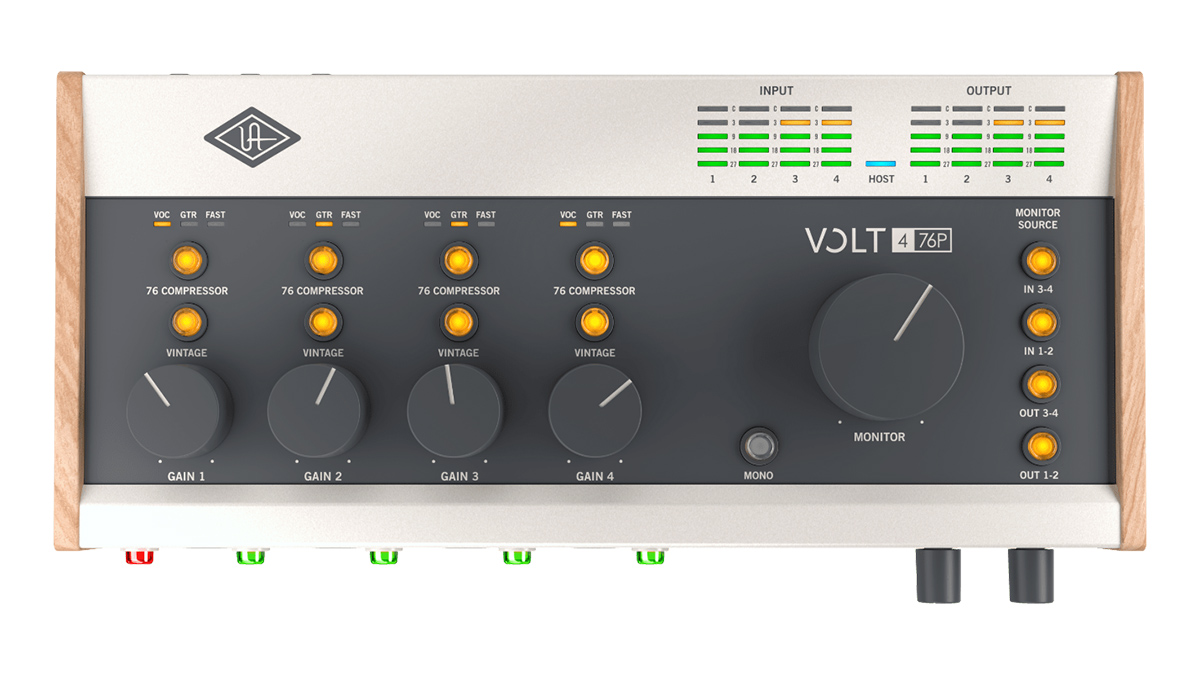
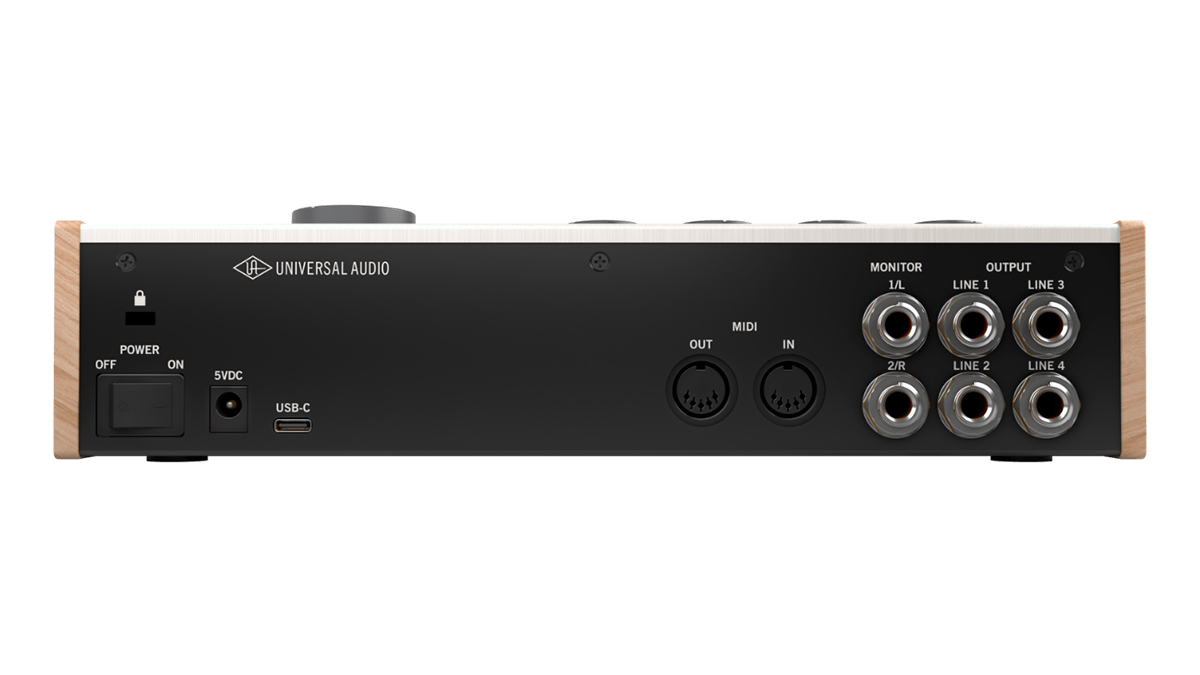
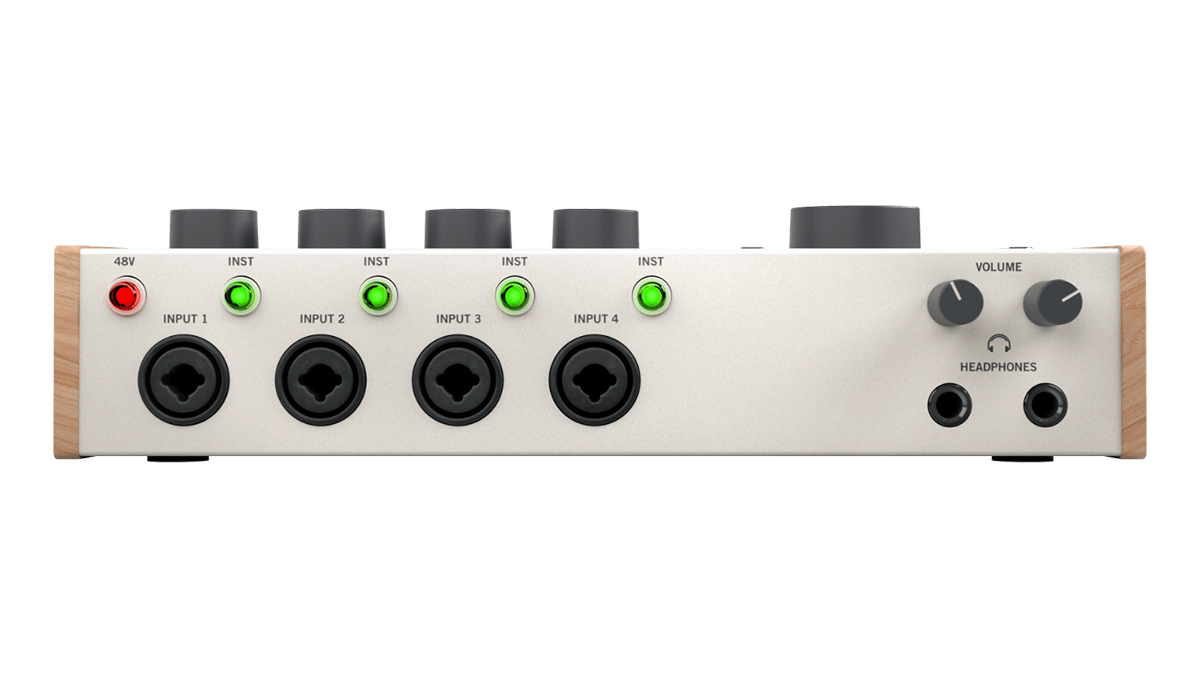
The Volt 476p operates at up to 24-bit/192kHz resolution and also offers dual headphone outputs, 48v phantom power, direct monitoring and MIDI I/O.
The Volt 4, meanwhile, doesn’t have the built-in compressor but is the first of the cheaper Volts to offer four channels. There are two preamps that offer the aforementioned Vintage mode, and line inputs on channels 3 and 4. Again, there’s 24-bit/192kHz conversion, 48v phantom power, direct monitoring and MIDI I/O, but just the one headphone output.
Both interfaces ship with a copy of Ableton Live Lite, a selection of plugins and a 30-day trial of Spark, UA’s plugin subscription service. They’re compatible with PC, Mac, iPad and iPhone.
The Volt 476p and Volt 4 are available now priced at $469 and $259 respectively. We should also note that if you purchase any Volt audio interface before 31 October, you can claim the native versions of UA’s Teletronix LA-2A Collection and Pure Plate Reverb plugins for free.
Want all the hottest music and gear news, reviews, deals, features and more, direct to your inbox? Sign up here.
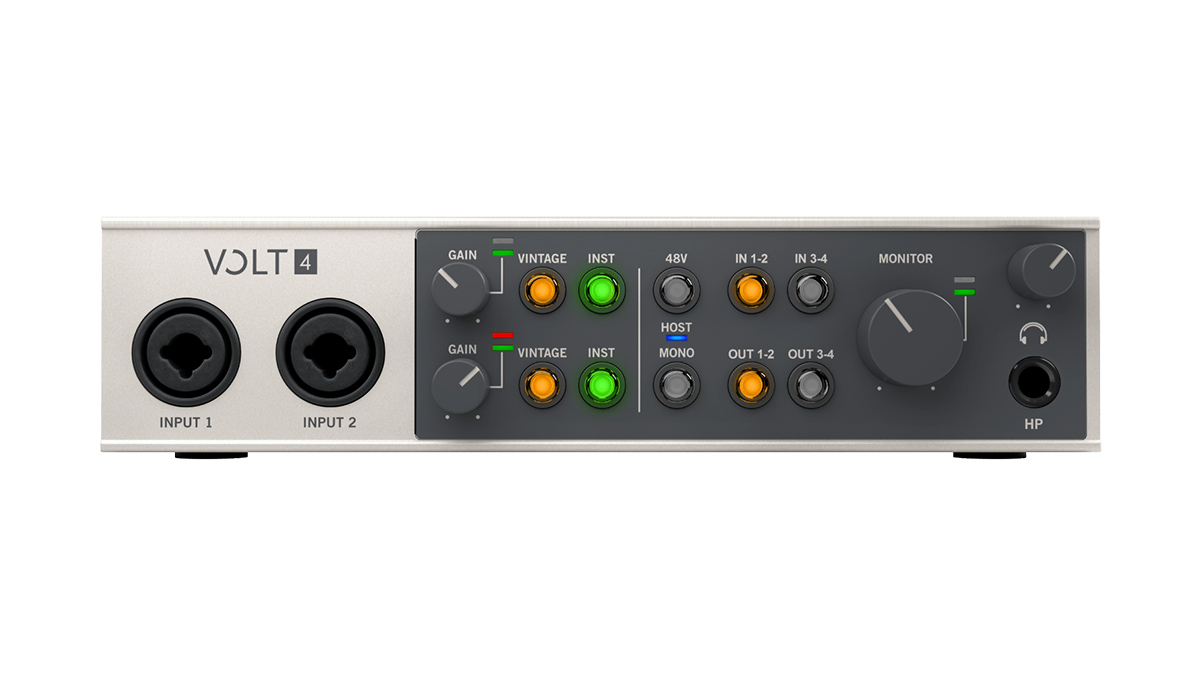
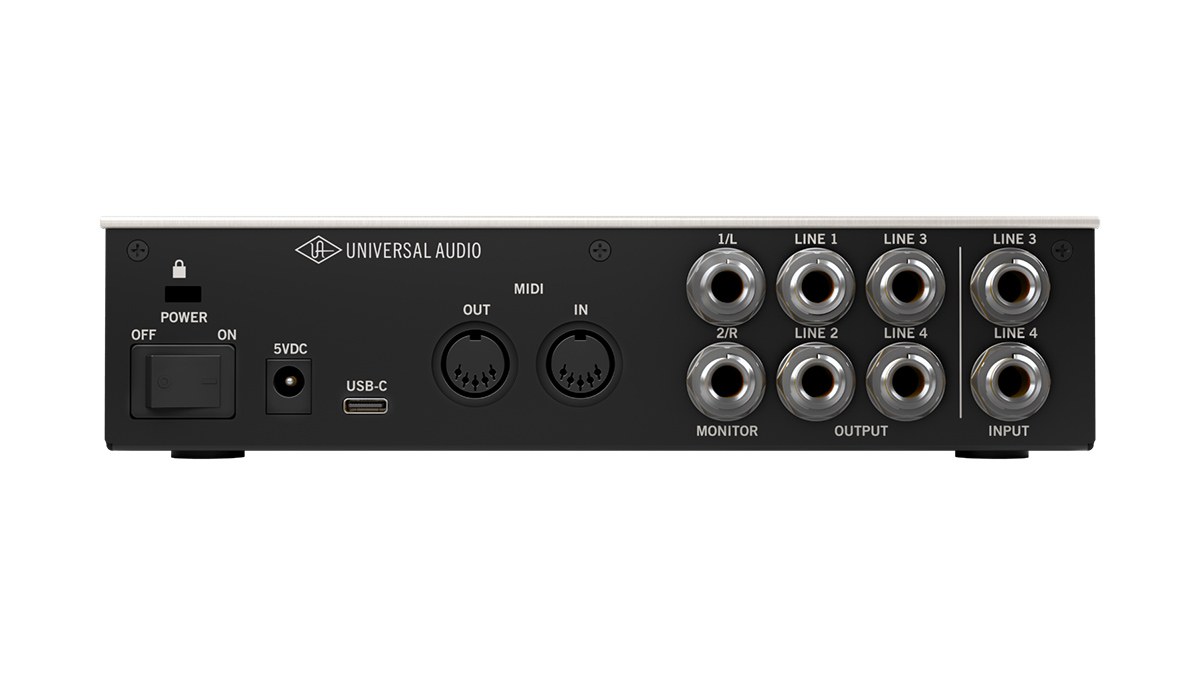



I’m the Deputy Editor of MusicRadar, having worked on the site since its launch in 2007. I previously spent eight years working on our sister magazine, Computer Music. I’ve been playing the piano, gigging in bands and failing to finish tracks at home for more than 30 years, 24 of which I’ve also spent writing about music and the ever-changing technology used to make it.